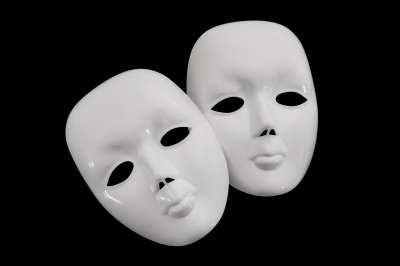There is a Chinese Proverb that goes something like this…
![]() A farmer and his son had a beloved stallion who helped the family earn a living. One day, the horse ran away and their neighbors exclaimed, “Your horse ran away, what terrible luck!” The farmer replied, “Maybe so, maybe not. We’ll see.”
A farmer and his son had a beloved stallion who helped the family earn a living. One day, the horse ran away and their neighbors exclaimed, “Your horse ran away, what terrible luck!” The farmer replied, “Maybe so, maybe not. We’ll see.”
A few days later, the horse returned home, leading a few wild mares back to the farm as well. The neighbors shouted out, “Your horse has returned, and brought several horses home with him. What great luck!” The farmer replied, “Maybe so, maybe not. We’ll see.”
Later that week, the farmer’s son was trying to break one of the mares and she threw him to the ground, breaking his leg. The villagers cried, “Your son broke his leg, what terrible luck!” The farmer replied, “Maybe so, maybe not. We’ll see.”
A few weeks later, soldiers from the national army marched through town, recruiting all the able-bodied boys for the army. They did not take the farmer’s son, still recovering from his injury. Friends shouted, “Your boy is spared, what tremendous luck!” To which the farmer replied, “Maybe so, maybe not. We’ll see.”
The moral of this story, is, of course, that no event, in and of itself, can truly be judged as good or bad, lucky or unlucky, fortunate or unfortunate, but that only time will tell the whole story. Additionally, no one really lives long enough to find out the ‘whole story,’ so it could be considered a great waste of time to judge minor inconveniences as misfortunes or to invest tons of energy into things that look outstanding on the surface, but may not pay off in the end.
The wiser thing, then, is to live life in moderation, keeping as even a temperament as possible, taking all things in stride, whether they originally appear to be ‘good’ or ‘bad.’ Life is much more comfortable and comforting if we merely accept what we’re given and make the best of our life circumstances. Rather than always having to pass judgement on things and declare them as good or bad, it would be better to just sit back and say, “It will be interesting to see what happens.”


